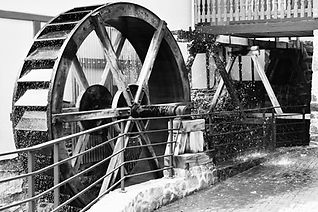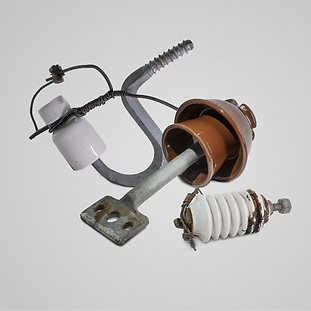
Stories from Gletsch
Hydropower



- Story 5
Here in Gletsch, the history of hydropower is well illustrated by the two small power plants. But hydropower is by no means just history. It is also the future. The cycle is almost ideal: water is evaporated by heat radiation over the sea, for example, rises with the clouds and returns to the earth through rain. Here in the Alps in particular, the clouds are pushed up the mountain slopes by the wind and discharge the moisture they bring with them.
Water is not only a sustainable source of energy. It is one of the most important resources for mankind. Many companies around the world are therefore interested in water and are trying to use and market it profitably.
However, water should not only be used, but also sustainably protected so that good quality water is also available and accessible in the future. Water is part of our landscape and its quality depends on many factors. This means that, in addition to its use, the protection of water reserves and its quality is more important than ever. However, water can also be a destructive force of nature if measures are not taken in good time.
.
Reconciling all these aspects is both a major challenge and an opportunity for the general public. In Switzerland, we have the Energy Strategy 2050, and in the canton of Valais there is corresponding legislation and local partners.
The current operator of the power plants here in Gletsch is the “Force Motrice Valaisanne” FMV. It assumes responsibility for bringing the entrepreneurial, social and ecological challenges under one roof, from the energy source of water to distribution to the end customer. It has 20 stations, of which the one in Gletsch is one of the oldest. At the very other end of the canton is the most recently modernized station with the beautiful name Pissevache, named after the impressive waterfall not far from Martigny. This is where another challenge becomes apparent: on the one hand, the difference in altitude is to be used technically efficiently for water energy, while on the other, the Pissevache is to be preserved as a natural phenomenon.